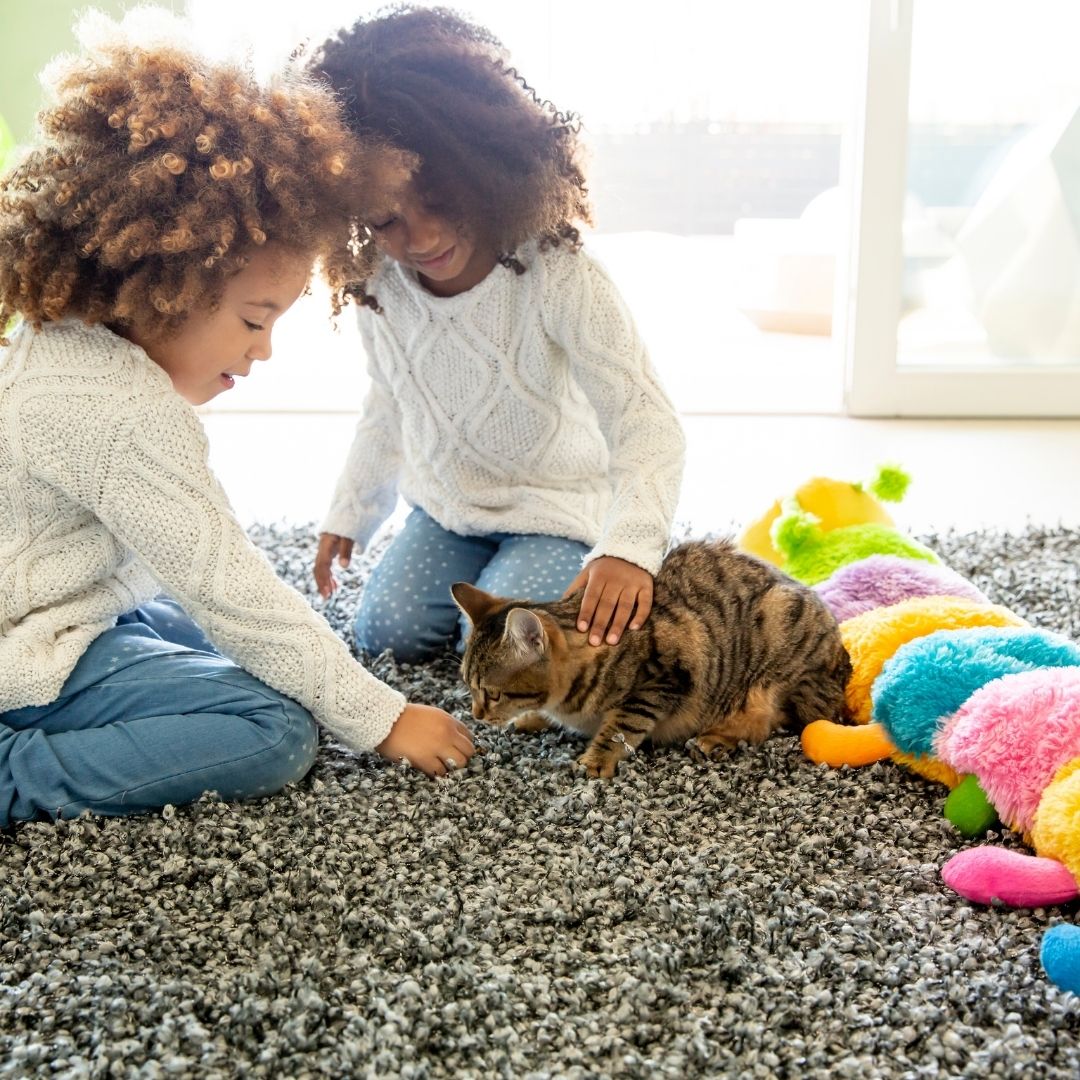It’s no secret that most of us think of ringworm as an infection that is common in athletes. Despite its ubiquitous name, the fact is that ringworm can affect anyone ranging from babies to the elderly and surprisingly – animals.
That’s right. Animals can also be the host to skin infections such as ringworm. And it doesn’t discriminate. Many species of animals can become infected including dogs, cats, cattle, sheep, goats, pigs, rodents, rabbits, and birds. So, whether you live in the city or in a rural area, it’s possible to come into contact with an animal that has ringworm.
How Do Animals Get Ringworm?
It’s not like your cat or dog is spending time at the public pool, so how does an animal get ringworm? Well, the fungi that causes ringworm live in ineffective spores in the environment and direct contact can lead to an infection. With animals, spores may be living on the hair of an infected animal, or any items used at the vet or kennels such as brushes or clippers.
Also, strangely enough, while there is no sex or age predisposition of ringworm in animals, Persian, Himalayan and Rex cats, and Yorkshire and Jack Russell terriers, are overrepresented in published studies looking at the dynamics of ringworm infections.
For animals such as livestock or cattle, ringworm is likely to happen from being

How Do You Treat Ringworm in Animals?
While our products work great on treating ringworm in humans, we do not recommend using them on animals without consulting a veterinarian first. (FYI - We don’t test on animals, only humans.)
That said, if your animal has contracted ringworm, what should you do? First off, it’s important to know that after exposure, it will take two to four weeks for your animals to show signs of infection. You might notice hair loss or crusts and scales developing on the skin that seem to be an irritant for your animal. If you can get a closer look, you’ll even notice that the red irritated area will be in the shape of a circle or ring in your animal’s fur.
If this sounds like your animal, contact your vet immediately to get your pet treated.

Generally, ringworm is often seen in animals with a weak immune system. If your animal has any immunity conditions, try to keep them in a clean environment. Also be mindful of puppies and kittens. Their immune systems are so new that they need to be kept in a clean area to reduce the risk of infection.
How People Can Contract from Animals
Unfortunately, yes, it can happen. If you have encountered any animal that has been infected with ringworm, chances are you can get infected, too. Ringworm is contagious and can be passed between animals or people by direct skin contact or by touching contaminated objects such as combs, bedding, food bowls, furniture, or other surfaces. The best way to prevent an infection is to keep all areas clean, or if you have to come into contact with your animal, wear gloves.
If you have been exposed, ringworm can be treated with our natural ringworm product. Check out a foster cat mom’s experience below.
“I contracted a horrific case of ringworm from some cats I was fostering. It was on both arms, hands, fingers, my face!!, legs, butt and boobs. Yes, boobs. I looked like someone burned me with a cigarette all over my body. I was desperate to get it under control. Did a ton of frantic research and stumbled on this product. It started to work immediately!!!
I saw a difference every 24 hours!! I put it up on every spot 2 - 3 times a day. Each spot got dryer and dryer and shrunk in size! I had been using Lotrimin which did not make one difference. So glad I ordered this and stopped wasting my time with the Lotrimin. This product is a game changer!” – Review by Stephanie L.




